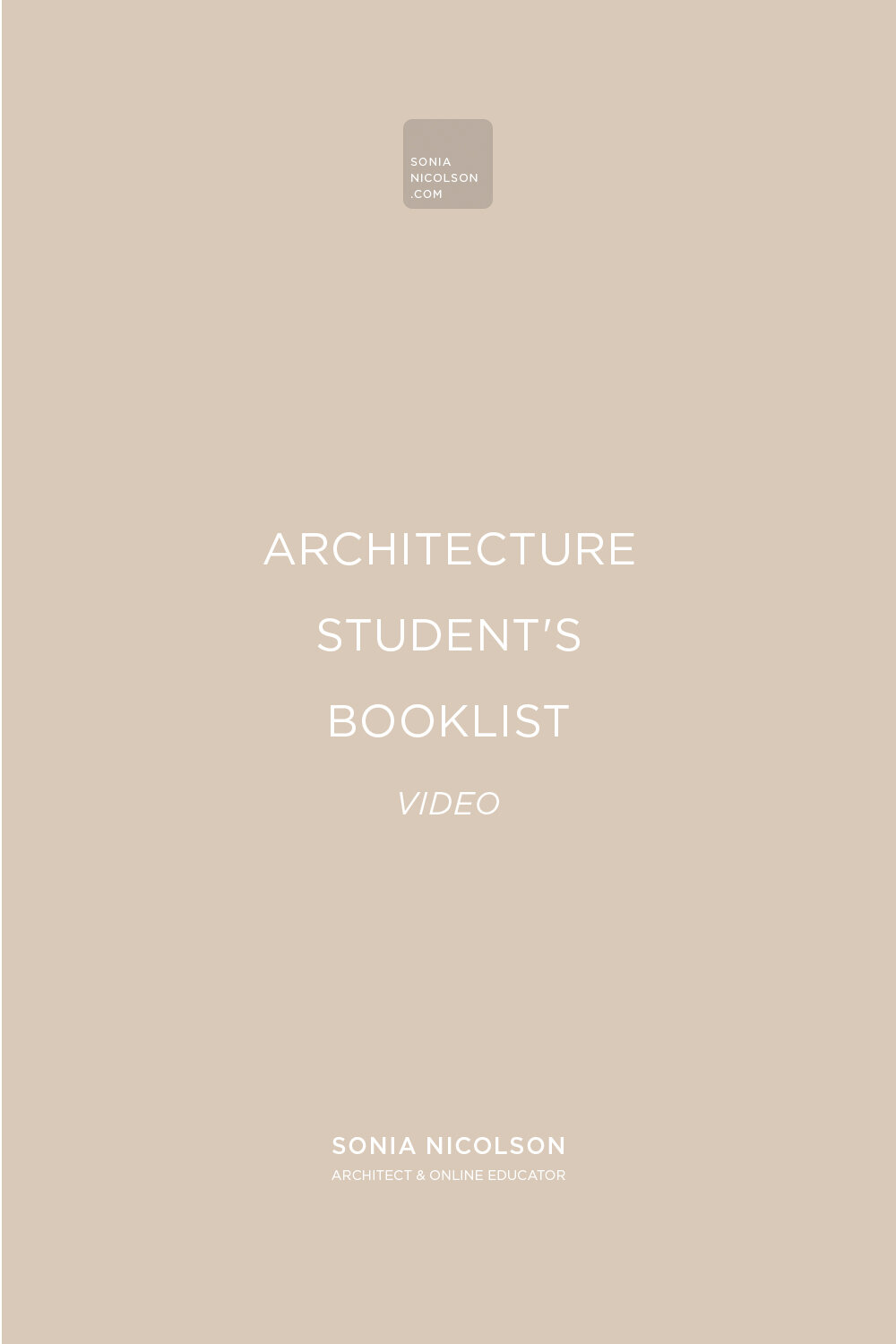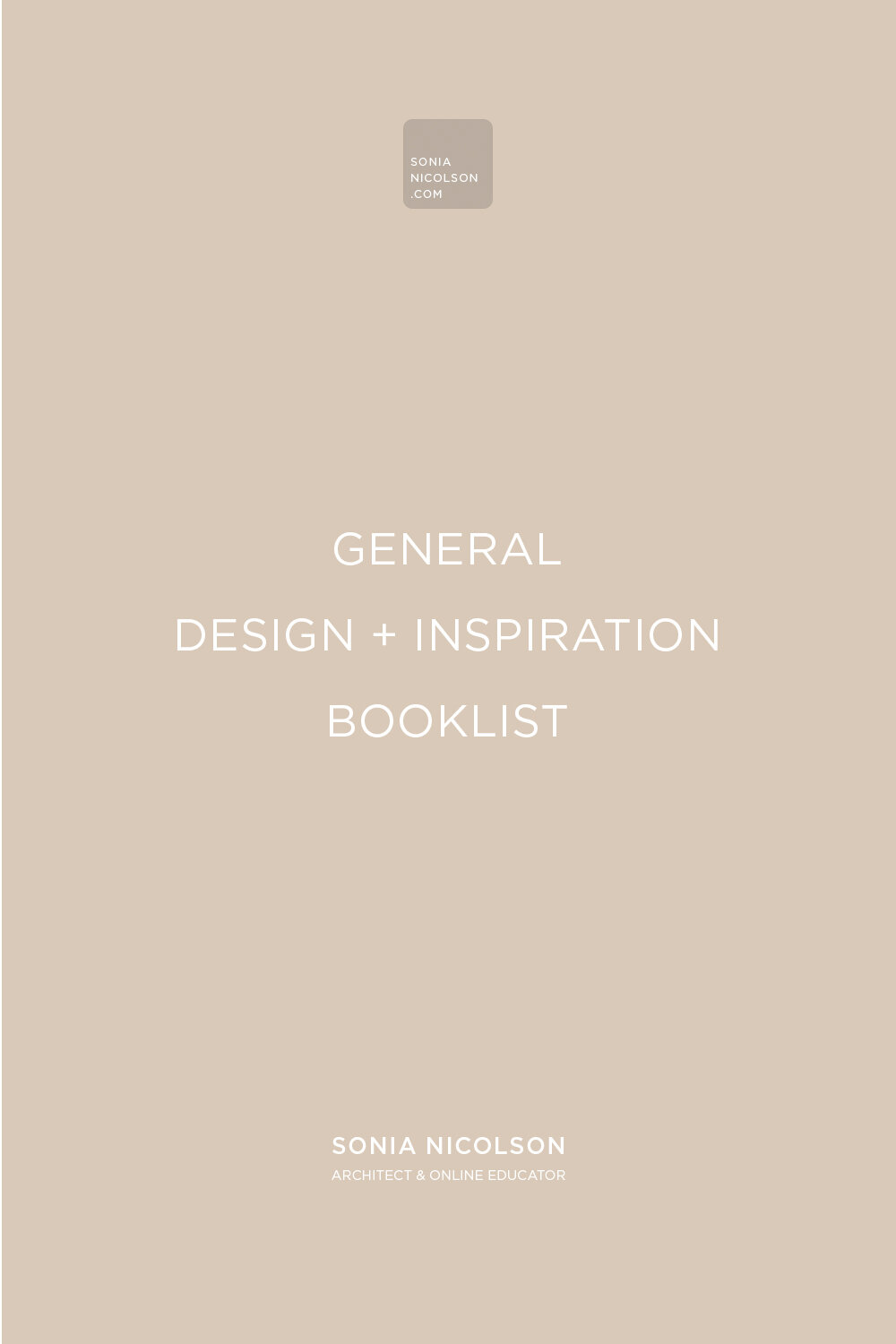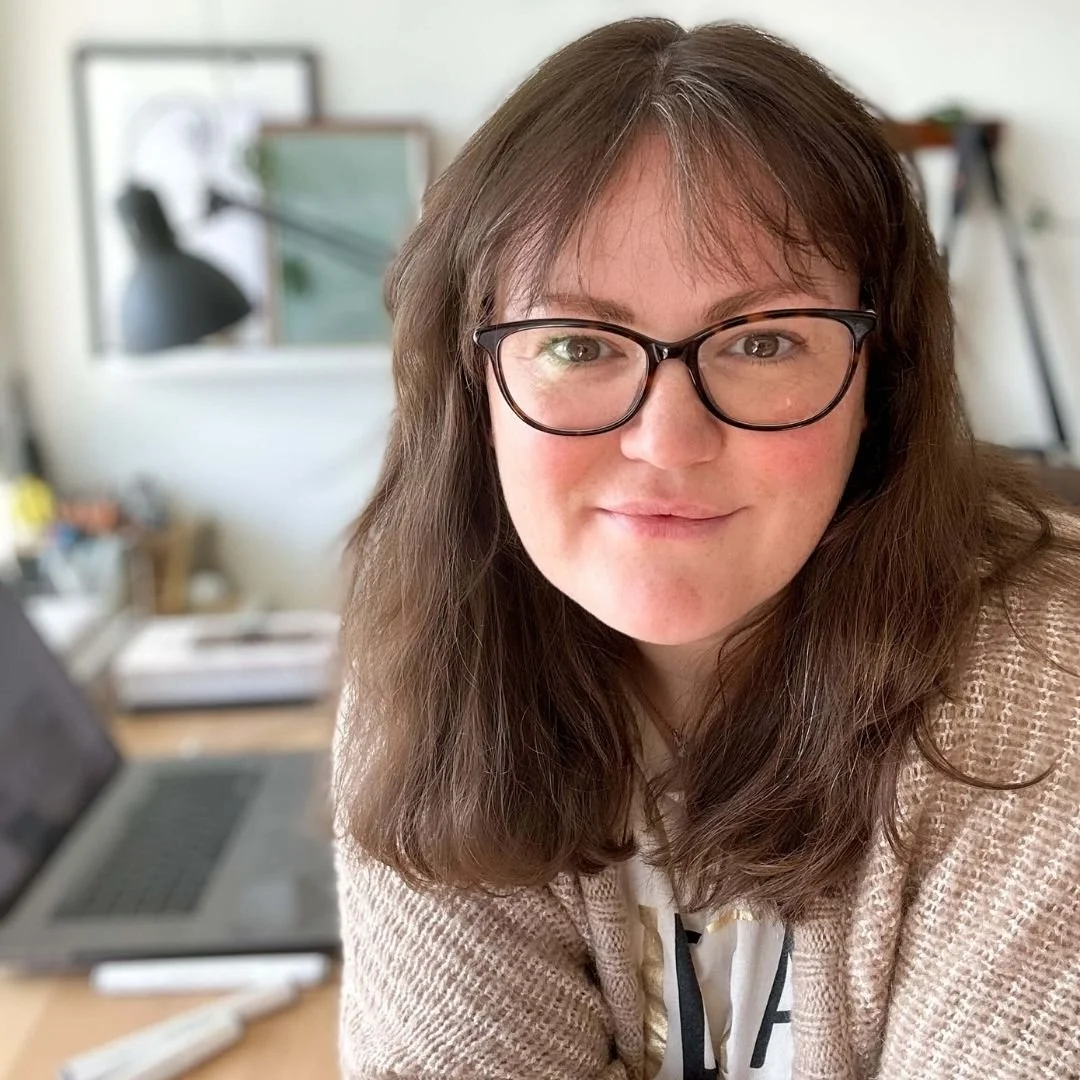FREE Mini Course #RockYourDegree
/It's almost a year since I left my role as Senior Lecturer back in the UK to move to Iceland. In that time I've achieved so many goals that were on my To-Do list but there was a 'Student Advice'. I wanted to form an output, a way of offering my answers to all those questions previously asked to me and pass on the same advice to other students. So I got typing and created my first email course.
It simple. You sign up for the FREE emails and you will immediately be sent Day 1 of the 5 Day email course. The course runs over 5 days so you'll get an email each day. Each email focuses on a different topic and they're packed with information and useful links. I hope you get loads out of this email course so let's get started and #RockYourDegree
DAY 1 - Clear Your Space, Clear Your Mind
How to be organized and focussed
How to best storage equipment and materials
How to store stock for online shops, i.e. Etsy
The importance of storing and keeping all student project work
What to do with physical models, saving and backing up digital work
Online Portfolio
DAY 2 - Inspiration + Motivation
How to stay focussed, inspired, and motivated
How to create moods boards and sketchbooks
The importance of evidencing your design process within the sketchbook
How to get in the habit of using the Library
Sorting your Instagram feed to reflect you as a designer
Pinterest
The benefits of teamwork and a study group
How to look after number 1
DAY 3 - Plan + Prepare + Present
How to be organized so stress doesn't get the better of you
Staying onto of dates and deadlines
The Library
Apps to help you stay organized in project management
How to prep your mind, space, supplies, and food ready for any project or challenge
Presentation tips for before, during, and after your presentation
What is professionalism
What to do if you fail
DAY 4 - Communication, Connections, Collaborations
Communication and note-taking
How to contact faculty (your lecturers)
Writing academic work
LinkedIn
Your online presence
Networking
How to get the most out of Uni social events
How to approach an office for help, internship, or employment
DAY 5 - Let’s Get Real
The course finishes with a bit of perspective on studying and graduating
And...ideas on how to show off your skills and stand out from the crowd

















